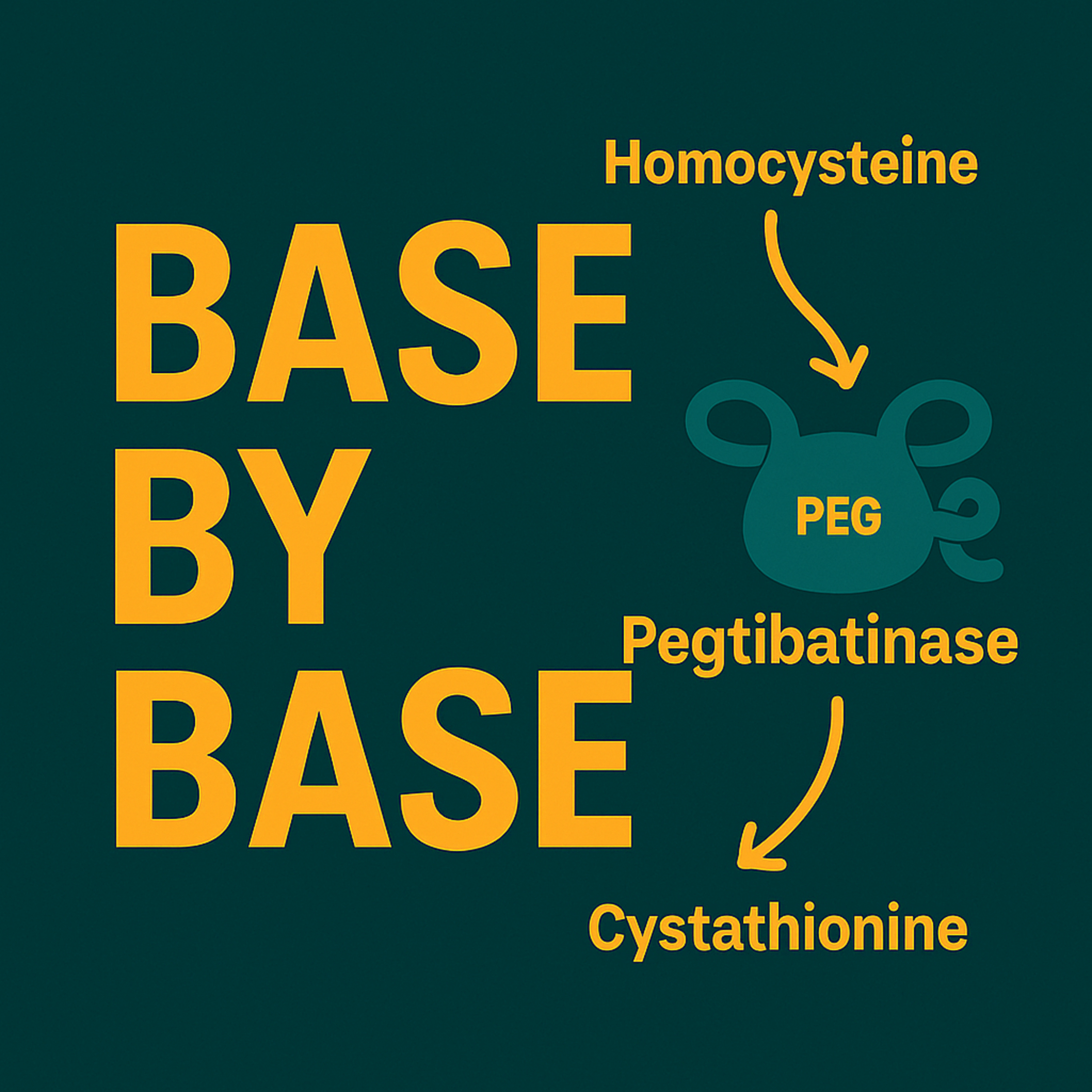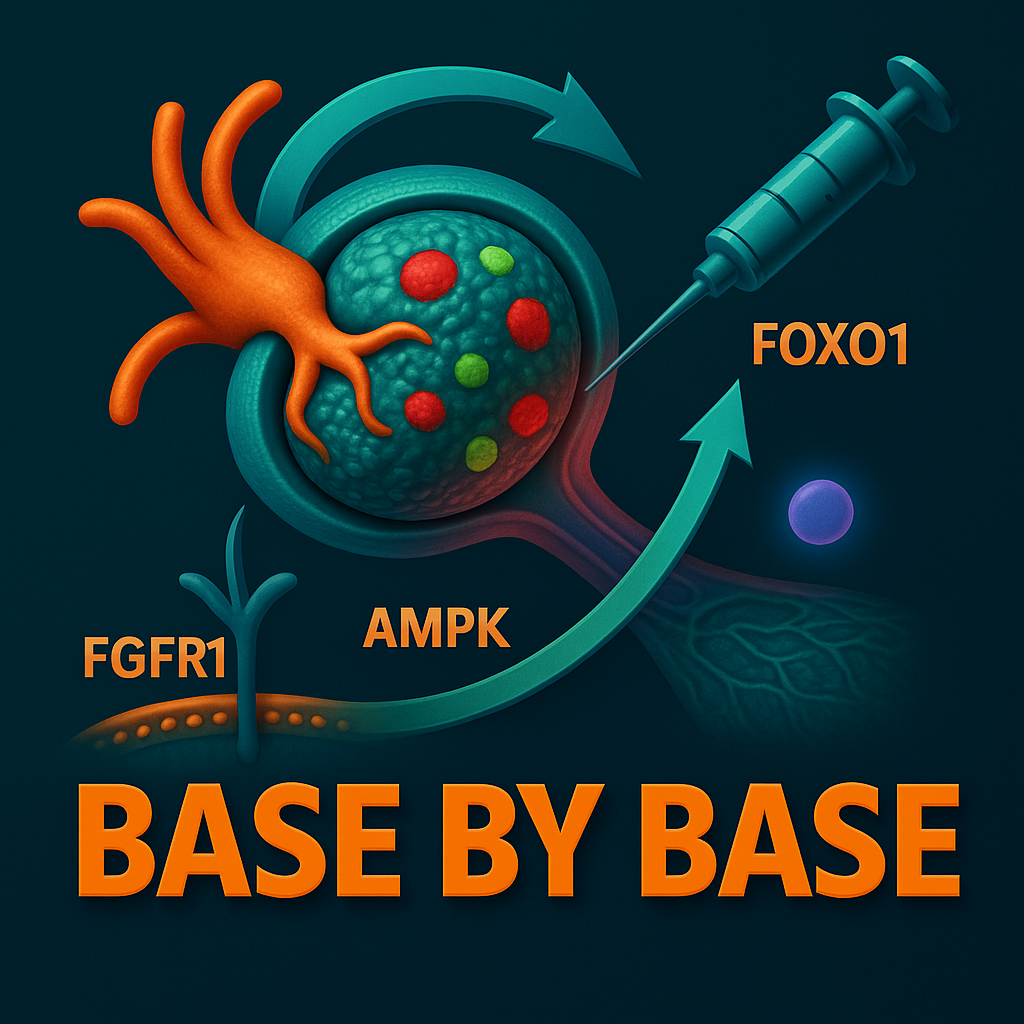Show Notes
️ Episode 92: Genetic Loss of CFHR5 Function Protects Against Age-Related Macular Degeneration
In this episode of PaperCast Base by Base, we explore a genome‑wide association and fine‑mapping study in a Finnish cohort that identifies CFHR5 loss‑of‑function variants as independent protective factors against age‑related macular degeneration and investigates their impact on complement activation and retinal structure.
Study Highlights:
The researchers performed association testing, statistical finemapping, and conditional analyses in 12,495 AMD cases and 461,686 controls to resolve four major protective CFH locus haplotypes, two of which are driven by CFHR5 frameshift and missense variants. Through a recall‑by‑genotype study, carriers of CFHR5 loss‑of‑function variants were shown to have dose‑dependent reductions in circulating FHR‑5, FHR‑2, and FHR‑4 protein levels measured by SomaScan and Western blot. Functional assays demonstrated that homozygous carriers of CFHR5 frameshift variants exhibit increased classical and alternative complement pathway activation capacities, consistent with enhanced retinal debris clearance. OCT imaging analyses revealed that these carriers present photoreceptor layer thickness changes associated with reduced AMD risk.
Conclusion:
Therapeutic downregulation of FHR‑5 may offer a promising strategy to prevent or treat AMD by modulating complement activation.
Reference:
Reeve MP, Loomis S, Nissilä E, Soare TW, Rausch T, Zheng Z, Della Briotta Parolo P, Ben‑Isvy D, Aho E, Cesetti E, Okunuki Y, McLaughlin H, Mäkelä J, FinnGen*, Kurki M, Talkowski ME, Korbel JO, Connor K, Meri S, Daly MJ & Runz H. Loss of CFHR5 function reduces the risk for age‑related macular degeneration. Nature Communications. 2025;16:5766. doi:10.1038/s41467-025-61193-3
License:
This episode is based on an open-access article published under the Creative Commons Attribution 4.0 International License (CC BY 4.0) – https://creativecommons.org/licenses/by/4.0/
On PaperCast Base by Base you’ll discover the latest in genomics, functional genomics, structural genomics, and proteomics.




